Published Date: Jun 30, 2023
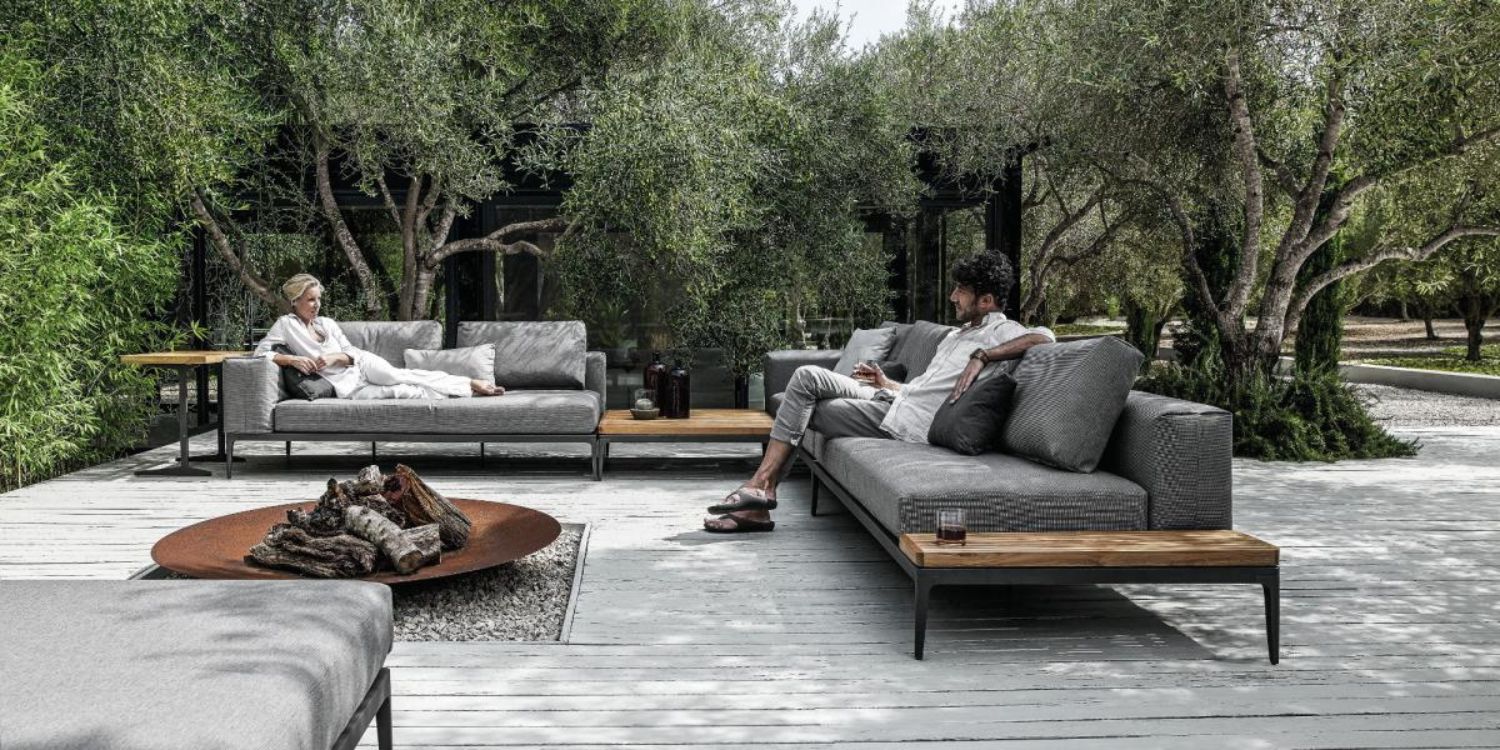
Conflict is an inevitable part of any professional journey, and the world of interior design is no exception. As interior designers, we collaborate closely with clients to bring their visions to life and, occasionally, conflicts may arise due to differing perspectives, tastes or budget constraints.
Effectively resolving conflicts is crucial not only for maintaining positive client relationships but also for the success and reputation of your business.
At FCI, we've been transforming our clients' interiors since 1985. We've worked on all kinds of projects and some of them have been less than smooth sailing, so we understand the impact that conflict with a client has, not only on your business but on your confidence as well.
In this article, we share some of our tried and tested strategies and techniques that can help you navigate conflicts with clients and achieve mutually beneficial resolutions.
Talk to a trade account manager now or book an appointment.

Book A Video Chat
Book a zoom consultation and we’ll advise you on furniture, space planning, wardrobes and more.
Book A Video Chat
Book A Showroom Visit
Let our experts guide you through our 30,000 sq. ft. showroom with over 700 luxury brands under 1 roof.
Book A Consultation
Email, call or book a virtual video chat with our sales team. Ask questions with no obligations.
Chat NowTo effectively resolve conflicts with a client, you have to approach the situation with a rational mindset and try to understand their perspective. You might feel very emotional about the problem, particularly if the client has suggested fault on your part. However, you have to let your emotions take a backseat and let reason be your guide.
Start by actively listening to them and empathising with their concerns and expectations. By putting yourself in their shoes, you can gain valuable insights that will help you find common ground and suitable solutions.
Maintaining open lines of communication throughout the design process is key to avoiding conflicts or addressing them promptly. Encourage your clients to express their thoughts and preferences openly and make that you're always available to address any concerns or questions they may have.
If you're slow to reply to emails, for example, or if you miss key deadlines without giving the client adequate warning, they're not going to feel like they can talk to you or that you're fully invested in delivering the project that you promised.
Proactive communication helps prevent misunderstandings and gives you the opportunity for early intervention should a conflict arise.
There's nothing worse than sitting in a meeting where discussions are becoming heated and someone starts saying things like, "But you said this!" or "You did that."
Pointing the finger and letting your anger or frustration show in your tone of voice will get you nowhere. When you're discussing a conflict situation, it is so important that you adopt a professional and neutral tone so you don't exacerbate the situation.
Use clear, concise and respectful language. Start sentences with "I feel" instead of "You did." Don't make personal or derogatory remarks, even about a situation. Stick to the facts as far as possible, not your feelings about them. Try not to use the word "but" unless it's really warranted.
Your aim is to minimise the potential for your words to be misinterpreted and foster a sense of calm where both parties will really listen to each other.
.jpg)
.jpg)
Approach conflicts with the mindset of seeking a win-win solution, where both parties feel satisfied with the outcome. This isn't about you being right or proving a point - it's about finding common ground.
Look at it from both sides: if you can manage to find a solution where both you and your client are satisfied, your client will be happy and you'll hopefully get to retain them and avoid negative reviews online.
Identify shared interests and objectives and look for creative alternatives that meet the client's needs while staying within the parameters of your professional expertise. This collaborative approach helps build trust and strengthens your business relationship.
Once you've successfully resolved the conflict, it is essential to document the agreed resolutions and the way forward. Take it upon yourself to be that person and make sure you send a professional and timeous summary out after the meeting where you clearly outline what you have both agreed on.
This document serves as a reference point for both parties and prevents misunderstandings in the future. If you've had an informal chat over a cup of coffee (or even a beer), the need to summarise it professionally becomes even more poignant, as a he said/she said situation further down the line isn't going to help either one of you.
Within your written summary, outline the decisions that were made, any revisions to the original design plan, any amended costs and the agreed-upon timeline.
In some instances, conflicts may escalate and become impossible to resolve independently. This often occurs when communication breaks down to the point where legal action is threatened by at least one side.
We hope you never find yourself in this situation, but if you do, there are options available before you have to call in the expensive lawyers.
If this happens, consider involving a professional mediator who can facilitate productive discussions and help you reach a resolution. Mediators bring an unbiased perspective and specialised conflict resolution skills. they are impartial and so ensure that the interests of both parties are heard and addressed. They are also a lot more affordable than legal proceedings.
Every business conflict presents an opportunity for growth and improvement. While it's horrible to be in the situation and it can have a huge impact on your wellbeing as you negotiate your way through it, you can choose to learn from the experience.
Take the time to reflect not only on the conflict itself but also on the resolution process that you followed. What worked well? What would you do differently next time?
Identify areas where you can improve your approach or even your services. Integrate new strategies into your future client interactions. By continually evolving and adapting, you can minimise future conflicts and improve your service offering. It takes some practice, but overcoming challenges like this can make you into a better businessperson if you're open to learning.
Building and maintaining positive relationships with clients is the foundation for conflict prevention. If, however, an issue does arise, you're most likely to foster a quick and easy resolution if your relationship with your client is strong.
This starts at the very beginning with the first meeting or first quote. Strive to go above and beyond their expectations by providing exceptional customer service all the way through, delivering projects on time and within budget, and demonstrating your expertise and professionalism at every stage of the design process.
By creating a positive client experience, you'll have a much easier time with things if a problem does crop up. For more on client retention, take a look at our tips on how to turn your clients into repeat business.
Conflict resolution is an essential skill for interior design professionals. Designers work to bring a client's dreams to life. It's both an aspirational and intimate relationship that reflects a deep desire to create that most important of all human securities - a home.
By using the techniques we've outlined above, you should be able to successfully resolve most conflicts that arise during your projects. If you found this helpful, take a look at our other articles on how to grow your interior design business.
We're here to help. Not only have we probably been in the same situation as you, but we've also made plenty of mistakes on our journey to becoming the interior design brand that we are today. That's why we've created our range of trade services, to support you with the tough stuff and make sure you have the help you need if you end up falling once or twice (or more!).
Get in touch with our trade team today and let's chat about opening up a free trade account for you. You get a dedicated account manager who will be your round-the-clock support, your shoulder to cry on and, most importantly, your personal sage, ready with tips and ideas or simply a friendly ear.
Get In Touch
Book A Video Chat
Book a video consultation and we'll advise you on furniture, space planning, colour schemes and much more.
Book A ConsultationVisit Our Showroom
Book a visit to our stunning, multi award-winning, 30,000 sqft.
Over 700 brands under 1 roof.

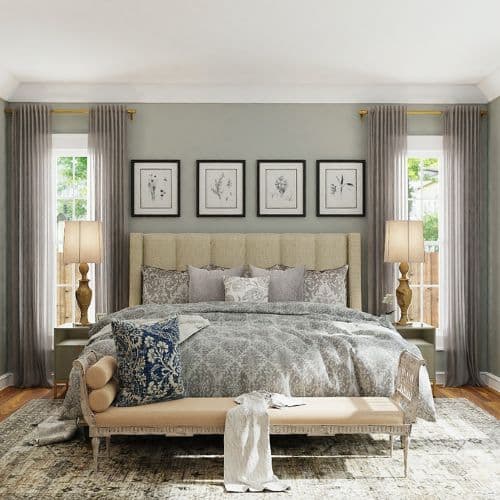


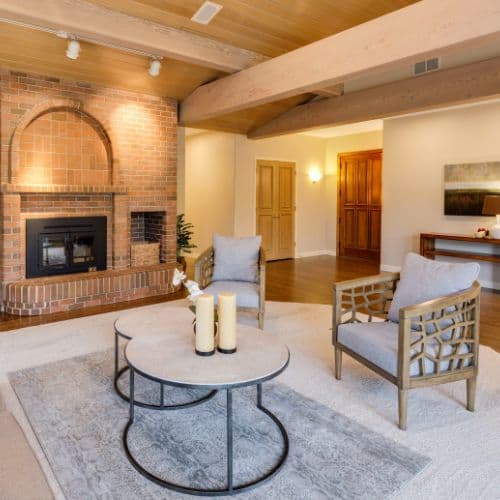
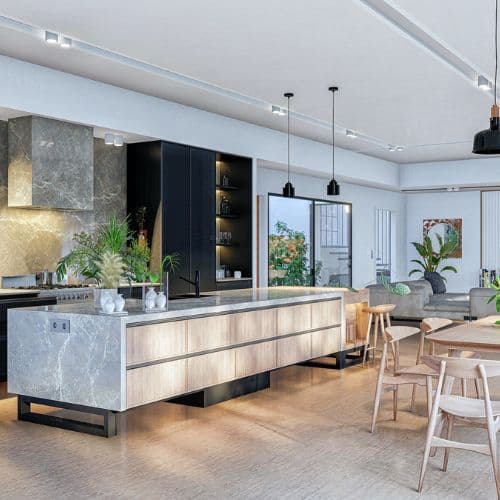
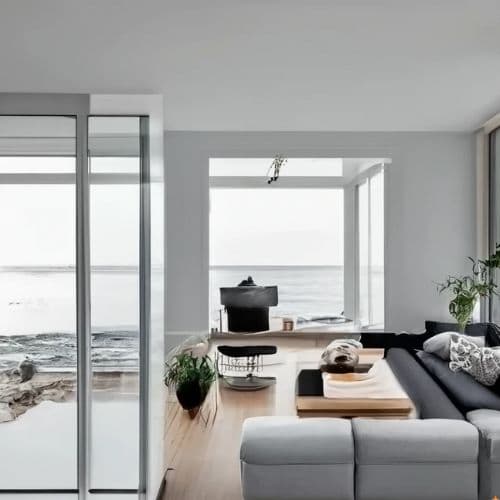
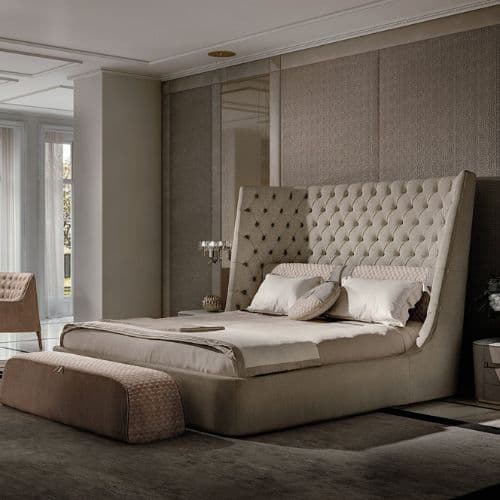
Most Popular on FCI London: Fitted Wardrobes | Luxury Designer Rugs | Luxury Sofas | Luxury Furniture Store | Luxury Interior Designers | Luxury Bedroom Furniture | Luxury Modern Chairs | Luxury Coffee Tables | Luxury Designer Kitchens | Luxury TV Units | Luxury Dining Tables | Luxury Storage Solutions | Luxury Sideboards | Luxury Stools & Bar Stools
Transparency isn’t a policy. It’s a principle.
Have a peek at what our clients really have to say.
